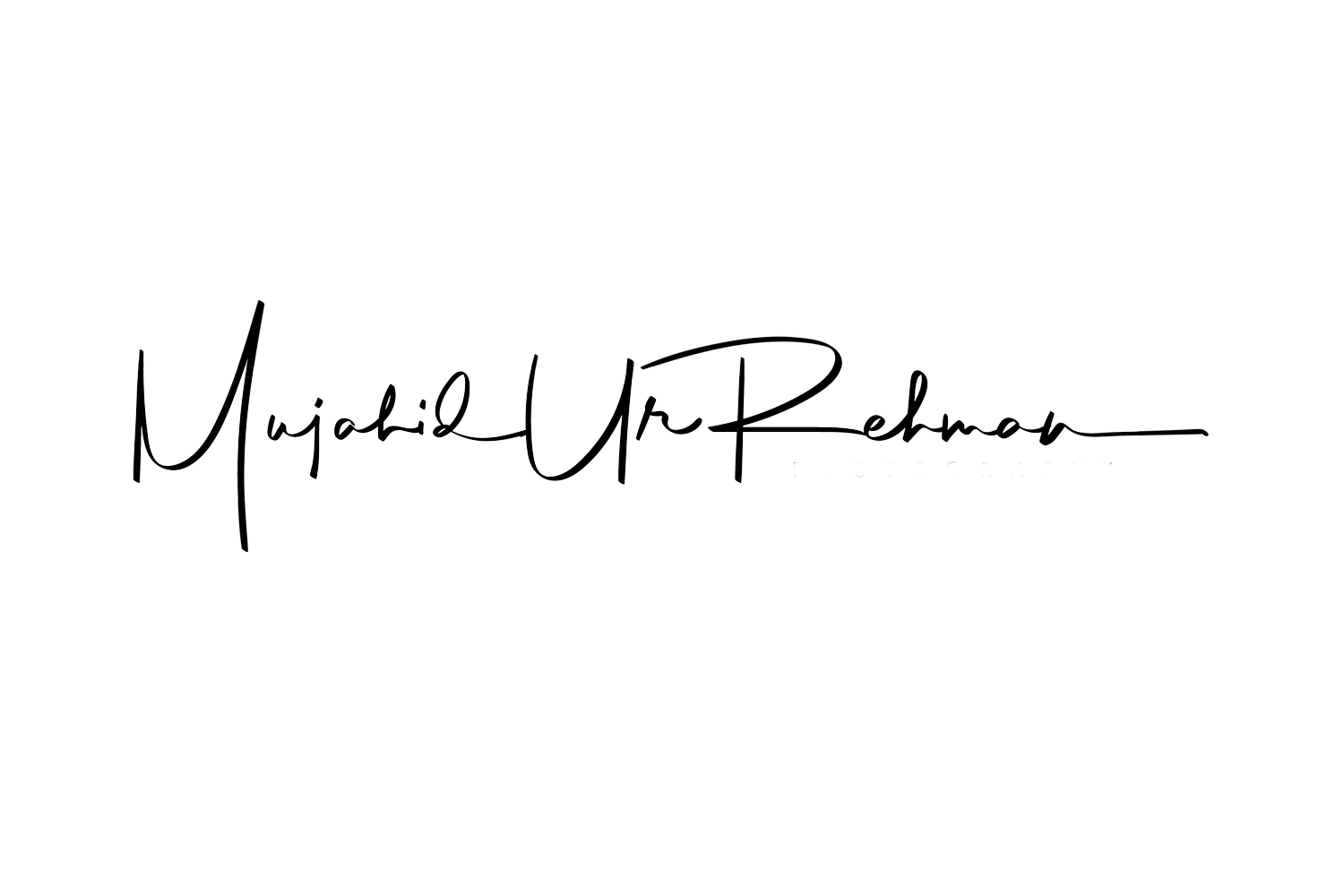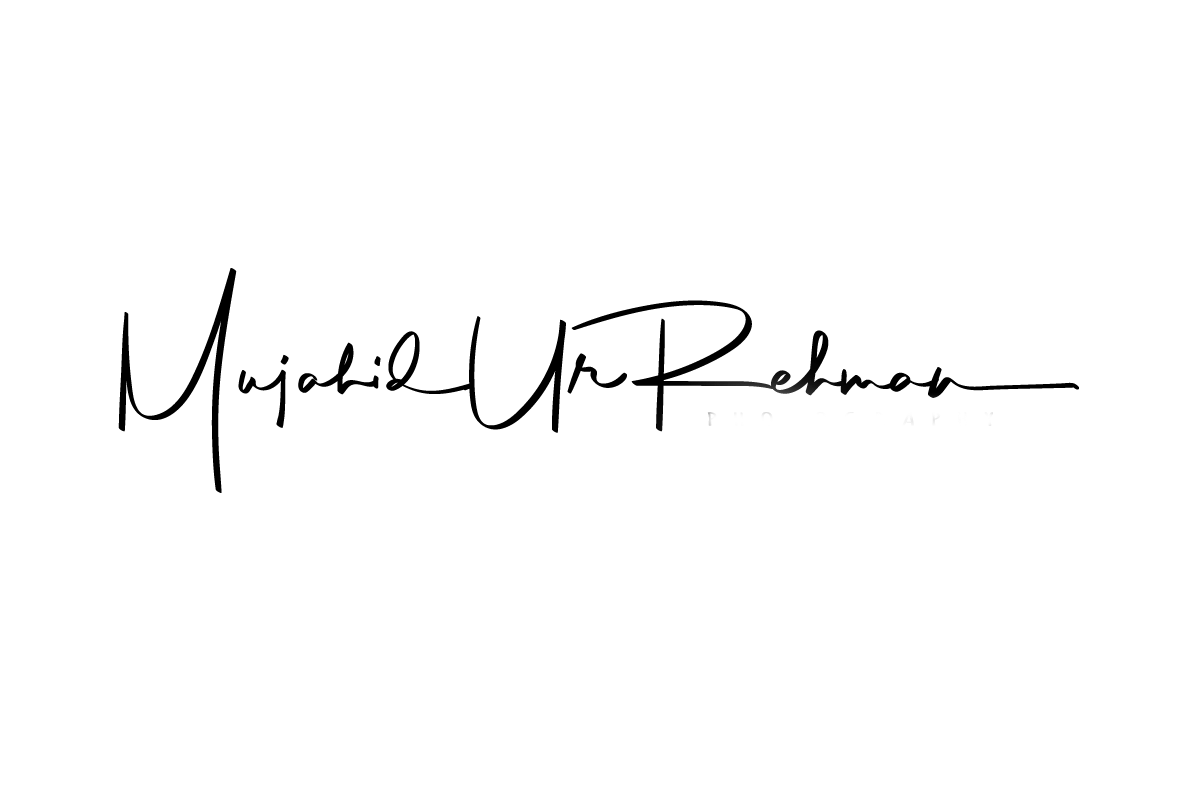Key to Mastering Photography for Beginners: The Exposure Triangle
Mastering the exposure triangle in photography is essential for anyone looking to improve their skills and capture stunning images. The exposure triangle consists of three fundamental elements: aperture, shutter speed, and ISO. Understanding how a camera operates in relation to the exposure triangle has always been the first lesson I teach my students during one-on-one coaching sessions or in my beginner photography online course. Each component plays a crucial role in determining how light interacts with your camera's sensor, which ultimately affects the exposure, clarity, and artistic expression of your photographs.
Aperture - The opening of a camera’s lens
Aperture
Aperture refers to the lens opening size through which light enters the camera. It is measured in f-stops. A wider aperture, such as f/1.8, allows more light to reach the sensor, creating a shallower depth of field. This effect beautifully blurs the background and keeps the subject in sharp focus. In contrast, a narrower aperture, like f/16, reduces the amount of light entering the camera and increases the depth of field, bringing more of the scene into focus. Understanding how to manipulate the aperture affects exposure and enables photographers to create specific artistic effects.
Shutter Speed
Shutter speed refers to the length of time that the camera's sensor is exposed to light. Faster shutter speeds, such as 1/1000th of a second, are ideal for freezing motion, making them perfect for action shots or fast-moving subjects. In contrast, slower shutter speeds, like 1 second, can create a sense of motion and fluidity. This effect is often used in landscape photography to achieve smooth water effects. Understanding how to adjust shutter speed enables photographers to creatively capture and convey motion within their images.
ISO determines the camera sensor’s sensitivity to light
ISO
ISO measures a camera's sensitivity to light. A lower ISO setting, such as 100, is ideal for bright conditions, while a higher ISO setting, like 3200, is suitable for low-light situations. However, increasing the ISO can introduce noise or graininess into the images. Balancing ISO with aperture and shutter speed is essential to achieve optimal exposure while maintaining image quality.
Why Exposure Triangle Matters To Learn Photography
Understanding the exposure triangle is essential for photographers, as it allows them to make intentional choices that align with their creative vision and the conditions of the shoot. By moving away from automatic settings, photographers can gain greater control over their final images. This knowledge enables them to convey emotions, highlight subjects, and improve overall composition.
In conclusion, exploring the exposure triangle goes beyond merely achieving correct exposure; it's a gateway to enhancing your creativity and elevating your photography as an impactful form of artistic expression. Whether you are just starting out or have years of experience, mastering the exposure triangle is a crucial foundation for advancing your skills and unlocking new possibilities in your photographic journey.
If you're eager to deepen your photography skills and advance from beginner to expert, consider enrolling in my online beginner photography course. Additionally, I offer personalized one-on-one photography coaching, available online or in person, tailored specifically to meet your unique needs. Start your journey to mastery today!
A wide aperture of f2.8, fast shutter speed, low ISO resulted in a sharp image and blurry background




